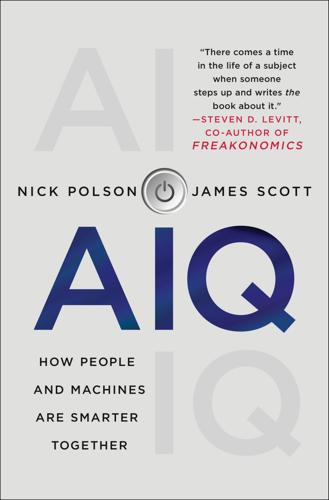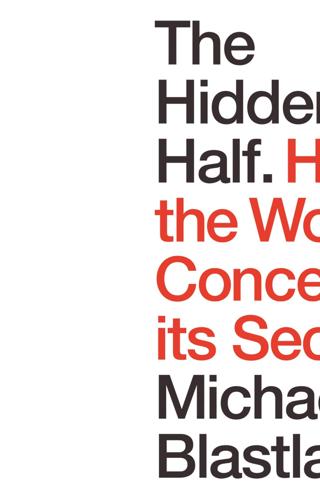
AIQ: How People and Machines Are Smarter Together
by
Nick Polson
and
James Scott
Published 14 May 2018
Epilogue: A “Most Disastrous and Fruitless Mania” We see the Times article on contraceptive failure rates as an example of what data-analysis guru Edward Tufte once called the “rage-to-conclude bias.” He took the name from an aphorism of Flaubert’s: “The rage for wanting to conclude is one of the most disastrous and fruitless manias to befall humanity.”15 Tufte was referring to the human tendency to see patterns in randomness, but the rage-to-conclude phenomenon certainly doesn’t stop there. Sometimes a data set is inherently unable to answer a question. When that happens, you really should go find data that can answer it.
…
It makes assumptions more important, because the consequences of a single bad assumption can be amplified a millionfold or more, as some machine keeps repeating the same bad decision over and over again. Said another way: AI allows the fruit of a poison tree to grow exponentially larger. When this happens, it’s usually because people have made poor choices in tending the soil. There are three prime ways in which this can happen: 1. Rage to conclude. 2. Model rust. 3. Bias in, bias out. To illustrate these themes, we’ll ask for a little bit of help from a midcentury American icon: Joe DiMaggio. Born in 1914 to a family of Italian immigrants in California, Joltin’ Joe DiMaggio would go on to become one of the greatest baseball players ever, and a man whose fame transcended his sport.
…
DiMaggio’s 56-game hitting streak can teach us a lesson about the importance of assumptions—specifically, about the dangers of using poor assumptions to extrapolate too far from the data. This lesson is fundamental to AI, because good data-science practices are essential for building machines that can learn and make decisions on their own. DiMaggio’s hitting streak is the opening act in a parable about how the human side of this process can go wrong. Joe DiMaggio and the Rage to Conclude Act 1: The Streak To calculate a probability for Joe DiMaggio’s 56-game hitting streak, we’ll begin with a metaphor. Suppose that a baseball game is like a coin flip: heads means DiMaggio got a hit in that game, and tails means he didn’t. This metaphor makes it possible to analyze a hitting streak mathematically.

The Hidden Half: How the World Conceals Its Secrets
by
Michael Blastland
Published 3 Apr 2019
The idea of negative capability overlaps with another: the ability to refrain from ‘the rage to conclude’, to borrow another expression, this time from the writer Gustave Flaubert, who said: ‘The rage for wanting to conclude is one of the most deadly and most fruitless manias to befall humanity.’ In a research context, Edward Tufte, an American data visualization guru, says this rage to conclude leads, ‘to premature, simplistic, and false inferences about causality. Good statistical analysis seeks to calm down the rage to conclude. . .’36 We would all rather know than be ignorant. But we should have more fear about how this desire can lead to bad knowledge, and ultimately to harm.
…
But we should have more fear about how this desire can lead to bad knowledge, and ultimately to harm. Developing negative capability, calming the rage to conclude, might help. At the very least, it would be an expression of respect for a prolific world of astonishing intricacy. 5. The principle isn’t practical Big ideas and the small print A large acquaintance with particulars often makes us wiser than the possession of abstract formulas, however deep. William James, The Varieties of Religious Experience, 1902 So far, we have focused on the influence of little, low-level details. But there is one kind of knowledge that can deliberately set out to ignore these.
…
What these ideas have in common is heightened sensitivity to the danger of false knowledge. 3. Get some negative capability. Whatever other pressures we must wrestle, the urge to fill our minds with something, anything, rather than leave our imaginations unfurnished or in doubt, is an urge we could usefully resist. Negative capability, as Keats called it, the ability to resist the rage to conclude, is perhaps another way of holding bad answers at bay. 4. Embrace uncertainty. A hidden half means a mass of inevitable ignorance and uncertainty. That’s a problem, as people are said to dislike uncertainty. Perhaps that explains why one response to the collapse of old certainties in politics, or surprises in economics, is to double down on a few favoured certainties all the same.